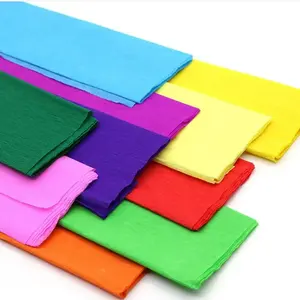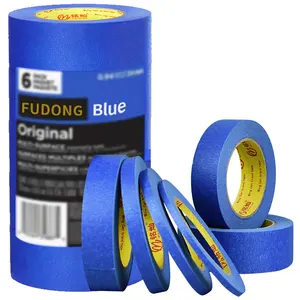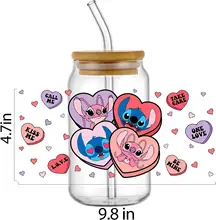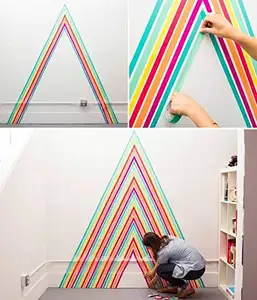Masking paper, also known as painter's paper, is a paper used to cover parts of a surface to keep it bare when the uncovered areas are painted. Masking paper has emerged as an effective and low-cost solution to protect automotive parts, construction structures, and electronic products from unwanted paint spills, splatters, and overspray on their surfaces.
Major end-users of masking paper
Masking paper ensures that a painting project will not be held back by an unprofessional finish or cleaning up of adhesive residues. It is welcomed by end-users due to its recyclability, user-friendly nature, and low cost. The global demand for masking paper is mainly driven by the growing use of masking paper for painting, thermal spraying, and printing. Major end-users for masking paper are generally in industries such as automotive (repair & manufacturing), building & construction, aerospace, metalworking, electronics, etc.
The most common types of masking paper
Masking paper ensures professional results of painting with neat trims and clean removal. Besides, masking papers are flexible with moldable performance, conforming well to difficult curves or corners, for instance, handrails and stairs. Some of the most popular products are auto masking paper, which is key for masking cars and other vehicles during repair and spraying work; pre-taped masking paper that combines the non-adhesive masking paper and painter’s tape together, saving the time of taping the tape and masking paper individually; and adhesive masking paper that can be stuck to large areas in one step, featuring strong adhesion to a variety of substrates such as glass, plastics, wood, and metal. It’s worth mentioning that masking paper dispensers are often used to speed up the layering process because they can dispense the tape and masking paper at the same time.
Considerations for buying masking paper
Masking paper is designed to be used with paint and formulated to keep the liquid from seeping through. When it comes to choosing masking paper, it is crucial to consider its weight and density, which affect its ability to prevent bleed-through and provide protection. The adhesive quality, if pre-applied, should be evaluated to ensure it leaves no residue and remains secure during use. The package of masking paper will specify how long the paper can be left up and still removed cleanly, ranging from a few days to several weeks. Compatibility with the surfaces to be masked is also essential to make sure that the paper securely attaches to various surfaces without leaving residue upon removal. Durability is key for withstanding conditions like sanding or exposure to solvents. Lastly, consider the environmental impact, opting for recyclable or sustainably sourced materials if possible. Balancing costs with these factors will lead to an appropriate choice to suit different needs.






































 浙公网安备 33010002000092号
浙公网安备 33010002000092号 浙B2-20120091-4
浙B2-20120091-4